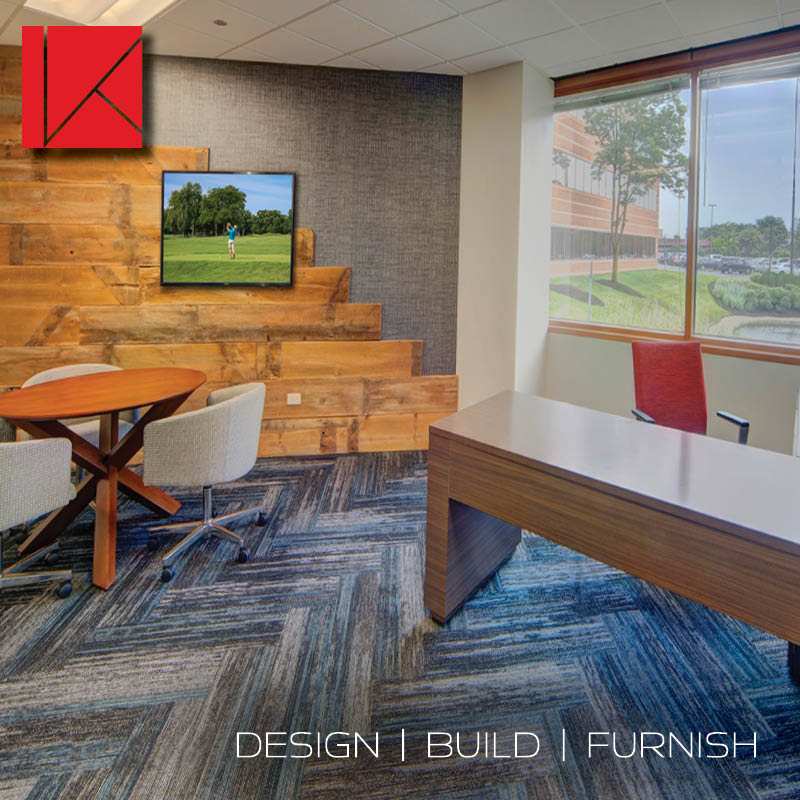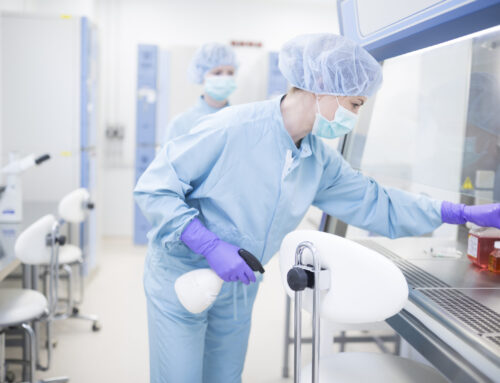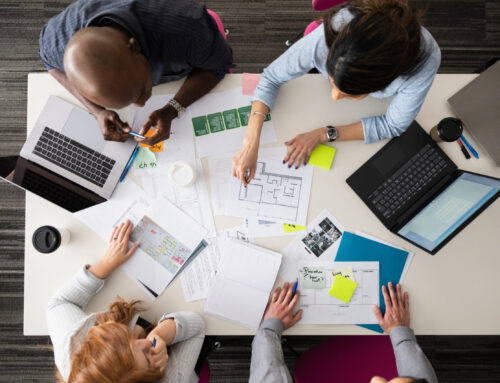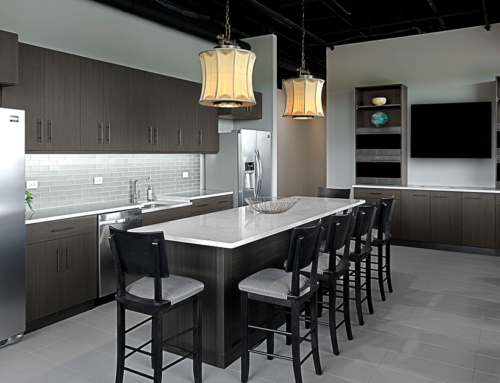Key Considerations for Laboratory Design
Laboratory designs demand meticulous planning.
Flexibility and adaptability are crucial in a field where scientific progress moves incredibly fast. But the real challenge is creating an environment that fosters innovation. We’ve put together a comprehensive guide, uncovering the essential elements of laboratory design to create spaces that inspire breakthroughs and meet future challenges.
Key Considerations for Any Laboratory Design
The core principles of any laboratory design are safety, functionality, and adaptability.
Safety First
Every laboratory’s design must prioritize safety above all else, so the first thing designers must do is consider the types of materials and processes that workers will be handling within its walls.When it comes to safety, these considerations should be top of mind:
- Advanced ventilation systems manage air quality
- Fire extinguishers and fire-resistant materials can keep mishaps from turning into disasters
- The strategic placement of eye wash stations and showers can protect against chemical exposures
- Clear, unobstructed pathways with clear exits can also play a critical role in enhancing safety
Built to Change
Research is, by definition, pushing the boundaries of human knowledge. That means change.
Here are some considerations to help you incorporate adaptability into your laboratory design:
- Modular furniture, including adjustable shelves, storage, and equipment, allows quick reconfigurations to support new research directions
- Flexible utility connections and movable casework also support evolving tech needs
- Prepare for the potential need for new infrastructure to prevent costly and disruptive upgrades later
Going Green Means Saving Green
Labs are notoriously energy intensive.
High water usage and energy costs can lead to cost overruns, potentially impacting the efficiency of research.
Here are some cost-saving, environmentally friendly laboratory design elements to consider:
- Energy-efficient lighting, HVAC systems, and water-saving fixtures can drastically reduce a lab’s carbon footprint and operational costs
- Designs that maximize natural light where possible can promote a healthy indoor environment
- Materials and systems with a lower environmental impact, such as recycled content and low-emission finishes, can further enhance a lab’s sustainability
Tech-Readiness
Many modern research projects are as much about computing power as they are about scientific instruments and experiments.
To ensure your laboratory design supports tech-readiness, consider the following:
- Robust data networks, ample power outlets, and flexible spaces can help any lab accommodate current and future technologies
- Creating data analysis areas close to experimental spaces can ensure researchers have seamless access to the necessary tools
- Planning for the physical needs of high-performance computing, including cooling and power requirements, ensures labs can support the increasingly data-intensive nature of research
The Specific Needs of Life Science Laboratories
Every branch of research will have unique requirements for a sustainable and efficient laboratory.
Life sciences are at the forefront of research in fields such as genetics, biotechnology, and pharmaceuticals. Their design needs to facilitate complex biological work while fostering innovation and collaboration among scientists.
Unique Safety Requirements
Life sciences labs often work with hazardous biological materials. The design must accommodate different biosafety levels (BSLs) with appropriate containment facilities, such as autoclaves for sterilization and specialized ventilation systems to protect the research and the researchers.
Efficient workflows for safely handling, storing, and disposing of biological samples and chemicals are also critical. This includes designing spaces for receiving, storing, and processing samples and areas for waste management that comply with safety regulations.
Collaboration and Innovation
Spaces that encourage interaction and collaboration among researchers can accelerate innovation. Designing labs with common areas, break rooms, and meeting spaces where researchers can share ideas and collaborate on projects can advance research and contribute to constructive team-building.
Additionally, consider balancing open lab areas for teamwork with private spaces for focused research or sensitive discussions. This supports a range of activities and workstyles and caters to the diverse needs of research teams.
Environmental Controls
Many life sciences experiments require precise control over temperature and humidity. Designing HVAC systems that can maintain specific conditions across different areas of the lab can ensure the integrity of experimental data.
Good ventilation and air filtration systems are also vital to protect staff from exposure to hazardous substances and to prevent cross-contamination of experiments.
A Checklist for Tailoring Designs for Specific Laboratory Uses
Use this list as a reference point for the design of any lab type.
Safety Considerations
-What are the safety requirements specific to the type of work being conducted in the lab?
-How does the design accommodate safety equipment, emergency exits, and material handling to comply with regulations?
Future Adaptability
-Can the lab layout and furnishings be easily reconfigured for different research needs or technologies?
-How does the design allow for future growth or changes in lab functions?
Tech Integrations
-What infrastructure is needed to support the lab’s current and future technological requirements?
-How will data management and analysis be integrated into the lab space?
Environmental Considerations
-How can the lab’s design minimize its environmental impact through energy efficiency and sustainable materials?
-What systems are in place for controlling temperature, humidity, and air quality, and how do they contribute to sustainable operations?
Collaboration vs. Private Workspaces
-How does the design balance the need for collaborative spaces with areas for individual, concentrated work?
-Are there flexible spaces that can serve multiple purposes, such as the need for collaboration or privacy changes?
Material Handling and Storage
-Is there sufficient and appropriate storage for chemicals, biological materials, and equipment?
-How does storage design affect lab workflows and safety protocols?
Accessibility and Ergonomics
-How does the design ensure all lab users can work comfortably and efficiently?
-Are workstations, equipment, and safety features designed with ergonomics and accessibility in mind?
Key Interiors Can Help Design Any Laboratory
From ensuring the integration of cutting-edge technology to fostering environments that encourage collaboration without sacrificing individual focus, laboratory design’s details play a pivotal role in the progress and breakthroughs it can facilitate.
At Key Interiors, we pride ourselves on embodying a commitment to these principles.
Whether you’re looking to create a new lab from the ground up or to retrofit an existing space to serve the needs of cutting-edge research better, Key Interiors stands ready to unlock the full potential of your project.
Our holistic system of design and execution, coupled with a focus on budget and time management, ensures a streamlined process from concept to completion, allowing you to prioritize science, not logistics.
Contact us today and let Key Interiors be the catalyst for your next successful research environment.




